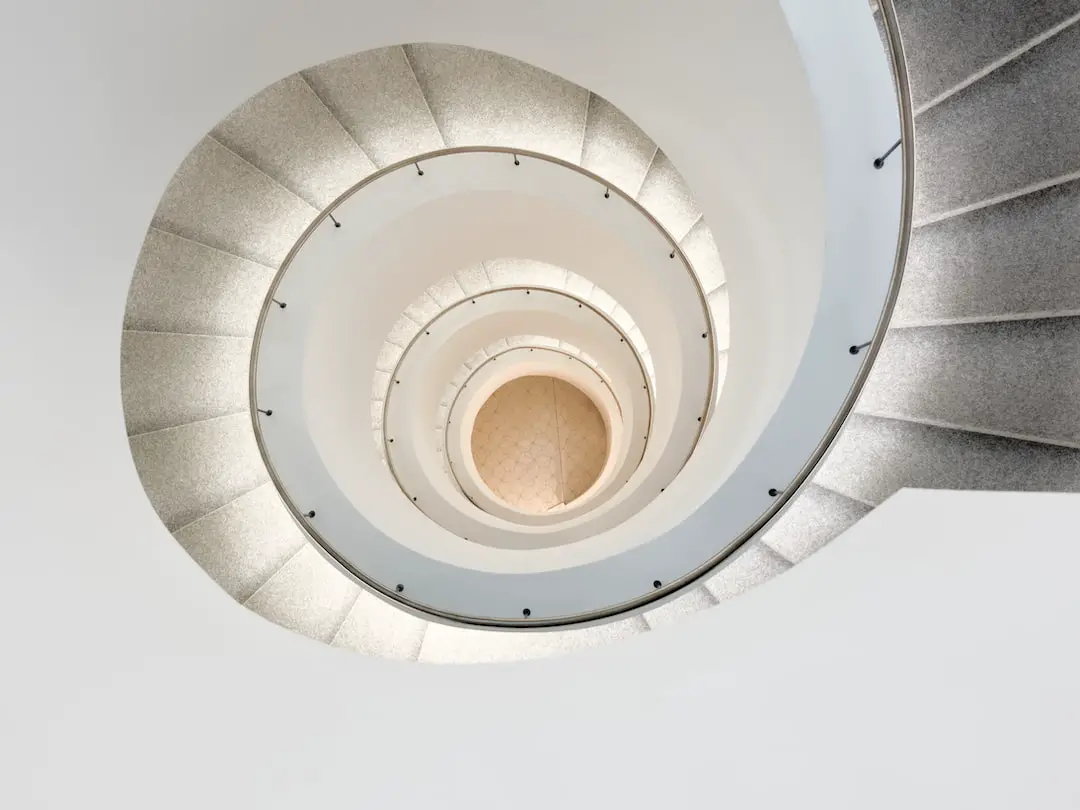
Roodepoort, a city nestled in the heart of South Africa’s Gauteng province, boasts a rich tapestry of architectural styles. Its evolution from a 19th-century gold mining camp to a vibrant, modern suburbia reflects a fascinating journey through design and construction. As we stroll through its streets, we’re greeted by a blend of historic buildings and contemporary structures that tell the tale of a city ever-evolving.
The Gold Rush Era: Foundations of Roodepoort
It all began with the discovery of gold in the Witwatersrand region in the late 1800s. Prospectors flocked to the area, and Roodepoort emerged as a critical mining town. The architecture from this period had a practical focus, with corrugated iron and wood being the materials of choice for hastily constructed shanties and mine structures. Yet, even among these rudimentary buildings, the seeds of a community were sown.
Victorian Influence: A Touch of Elegance
As the town grew, so did its architectural ambitions. The turn of the century saw a wave of Victorian-style homes and public buildings. These structures, with their gabled roofs and ornate detailing, added a touch of elegance to the dusty streets of Roodepoort. The Town Hall, a prime example, still stands today as a testament to the city’s burgeoning sophistication during this era.
Modernist Movements: Breaking with Tradition
Fast forward to the mid-20th century, and the architectural landscape of Roodepoort began to shift once more. Influenced by international trends, Modernism made its mark. Clean lines, functional design, and the use of concrete and steel became prevalent. This period saw the construction of commercial buildings and residential blocks that prioritized efficiency and simplicity over the ornamental flourishes of the past.
Post-Apartheid Boom: Diversity in Design
The end of apartheid brought with it a new chapter for Roodepoort. The city expanded rapidly, and with it, its architecture diversified. Housing developments and shopping centers popped up, showcasing a mix of post-modern and neo-eclectic styles. These new additions spoke to a city looking forward, embracing a future filled with possibilities.
Green Architecture: Sustainable and Stylish
Today, Roodepoort is riding the wave of sustainable design. Green architecture is no longer a buzzword but a necessity. Buildings are being constructed with energy efficiency in mind, utilizing solar panels and rainwater harvesting systems. The Clearwater Mall, with its eco-friendly practices, stands as a shining example of Roodepoort’s commitment to sustainability.
FAQs
- What are some iconic examples of Roodepoort’s architecture?
Iconic examples include the Victorian-style Roodepoort Town Hall, the modern Clearwater Mall, and the various mining houses from the gold rush era.
- How has Roodepoort’s architecture changed over the years?
It has evolved from practical mining structures to Victorian elegance, then to modernist functionality, and now to sustainable contemporary designs.
- Are there any guided tours to explore Roodepoort’s architecture?
Yes, there are historical tours that take visitors through the city’s architectural landmarks, offering insights into its rich history.
Conclusion
In conclusion, Roodepoort’s architecture is a mirror reflecting its dynamic history. From the gold rush shanties to the sleek lines of modern malls, each era has left an indelible mark on the city’s skyline. As Roodepoort continues to grow, its commitment to sustainable practices ensures that its architectural story is far from over. For those of us who’ve walked its streets and admired its buildings, it’s clear that Roodepoort is not just a place but a living, evolving character in South Africa’s narrative.
Whether you’re a history buff, an architecture enthusiast, or simply someone who appreciates the beauty of a city’s evolution, Roodepoort’s blend of past and present will captivate you. It’s a city that has not only adapted to the times but has also paved the way for a future where history is cherished, and innovation is welcomed with open arms.